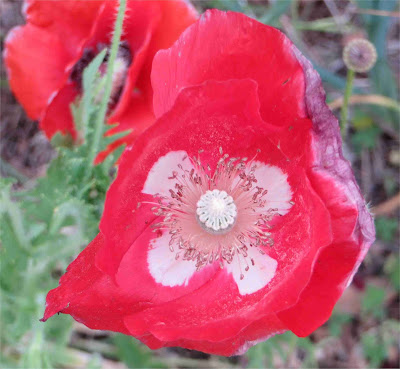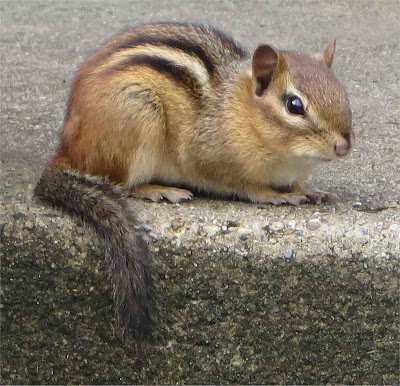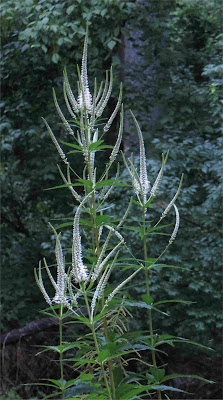During my first year at the community garden plots, while I was still getting to know some of the gardeners, I played a trick on one of my gardening friends. She called me down one day to ask for advice about her cucumbers. Now these were not just any cucumbers, but so-called Armenian cucumbers, and my gardening friend was Armenian. I explained to her that the Armenian cucumber is not a true cucumber but rather a savory melon. Before I left, I also mentioned that I was growing some, too.
A few weeks went by, and my friend again sought help: her Armenian cucumbers were not bearing fruit. I went down and took a look, and the vines seemed healthy, but there were no flowers. I told her to be patient.
What I did not tell her was that my Armenian cucumbers were bearing. And soon I played my trick. One day when she was away I cut a big ripe Armenian cucumber from my vines and took it down to her plot. There, using a piece of raffia, I tied the ripe cucumber into her plants so that at first glance it looked very convincingly like a cucumber growing on her vines.
The next time I saw her, I asked her how her cucumbers were doing. They weren't doing anything, she told me. I asked her if she was sure. And this time I mentioned the ripening cucumbers on my vines. Perhaps, I suggested, she had not searched her vines carefully? I offered to go down and help her look. Of course I went right up to the place where I had tied in my cucumber, and let out an exclamation "here's a big one!".
She couldn't believe her eyes: there was a fine ripe Armenian cucumber waiting to be picked. She pulled on it gently, then with a bit more force. Then she took a close look: she saw the raffia, but still did not catch on to the hoax. She unwrapped the raffia, still evidently thinking that this cucumber grew on her vines. At this point, I was beginning to wonder if I should tell her that I had tied in that cucumber - maybe it would have been better to let her think she had grown it. But finally she took another look at the raffia, then looked at the dried stem of the "freshly picked" cucumber, and then she gave me a look. At that point we both had a good laugh, the best kind of laugh, the kind which, even years later, can be evoked by nothing more than the mention of words "Armenian cucumber" between us.
So I'll bet that that's something else you didn't realize that you can make with cucumbers: friends!

















































